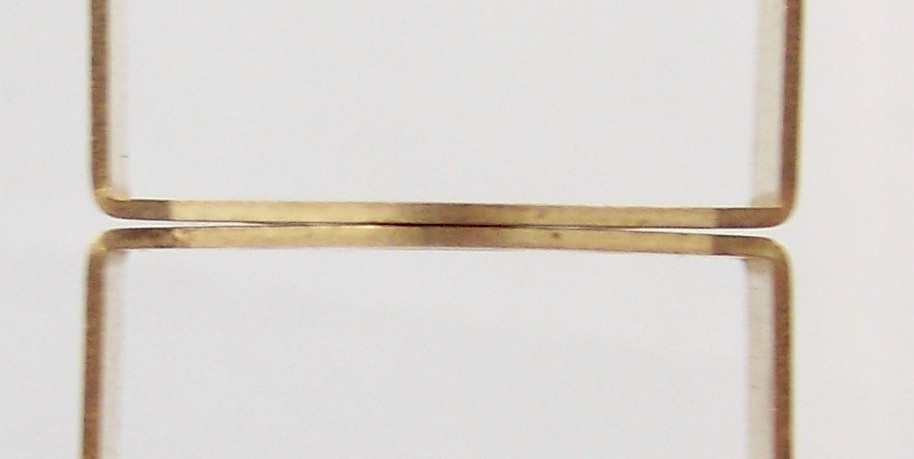Sam, you're right most people won't give up their secrets to tuning... I aways have for what I do. They're all my opinion of course...
I think the spring tension is to much on PD motors (twieak, bend them to let the tension off slightly). Of course you'll gain RPM, but lose some brake, and lose some motor heat... and my best motor man suggests Big Foot 2 brushes, with Koford springs, 1301 I believe is the number.
Guide height IMO is just barely not touching front tires, I mean barely. I like to run the car several laps to see if they have raised the car too much to where the car will tilt out (usually the doughnut). My feeling is in a couple of lanes braid will be worn enough they'll still be making full contact and the tires will start to touch more.
Also the guide should slightly be tilted up at 3/32". Under front of guide with the guide not in a slot... so braid wears back to front. Of course this brings front tire height down also, so with tires up slightly, maybe only 5 thou, car is prime throughout the race...
Weight is where people disagree (back to tighten or loosen). As with anything there are limits or extremes... think of it this way, if you put hard tires on your car, are you going to gain traction by adding more weight to rear? (No). Way to fix it is softer tires... treated or untreated.
Testing is the answer to everything, hardest tire that hooks up to where it punches the doughnut... LOL.more weight in the rear is not my remedy for a loose car, slightly softer tire is, treated or untreated.
Besides my opinion is the weight in rear actually helps loosen the car with centrifugal force. I do like weight on the inside rear of a doughnut, for balance..
Body... high speed tracks don't require much spoiler (you'll kill straightaway speed.) Bend spoiler back and lower the back of body. With the hardest tire that'll punch the doughnut... test,test test, you're set.
Longer bodies can make the most downforce; also longest portion behind rear wheels as possible makes more downforce. More body in front makes more downforce on front. So to me downforce can equal weight front or rear (as with a wing car, no weight but tremendous downforce).
Pan movement... I like more movement. Forward to back and a little side to side, just a little...
Spoiler up for flatter tracks... down or thin for higher speed tracks.
At larger races the track will change due to temps in the building, glue conditions at beginning of day, and rubber build-up as day goes on... so it's a continuing test and change of tires to keep up with track conditions... this is why the best guys are on the track lots.
Gearing... I like to gear for not the longest straight but the shorter or medium one... say on a King the straight from the finger to the bridge (want most punch and best brakes in that section). Races are won on backsides, not the big straight.
Like I said these are my opinions...
I can only hope you guys that are fast will do the same. These are just toys, let's help our brothers... share your secrets..





























